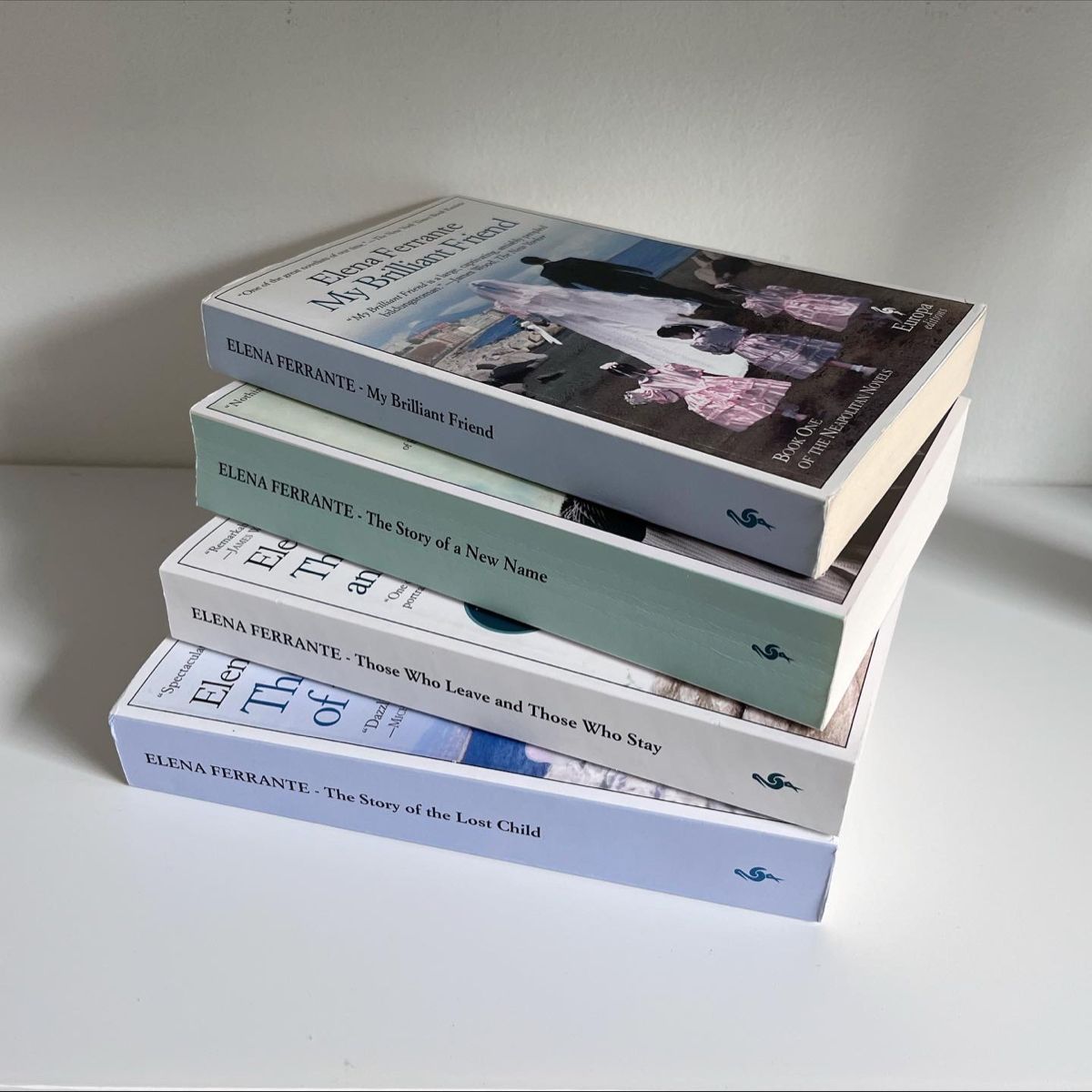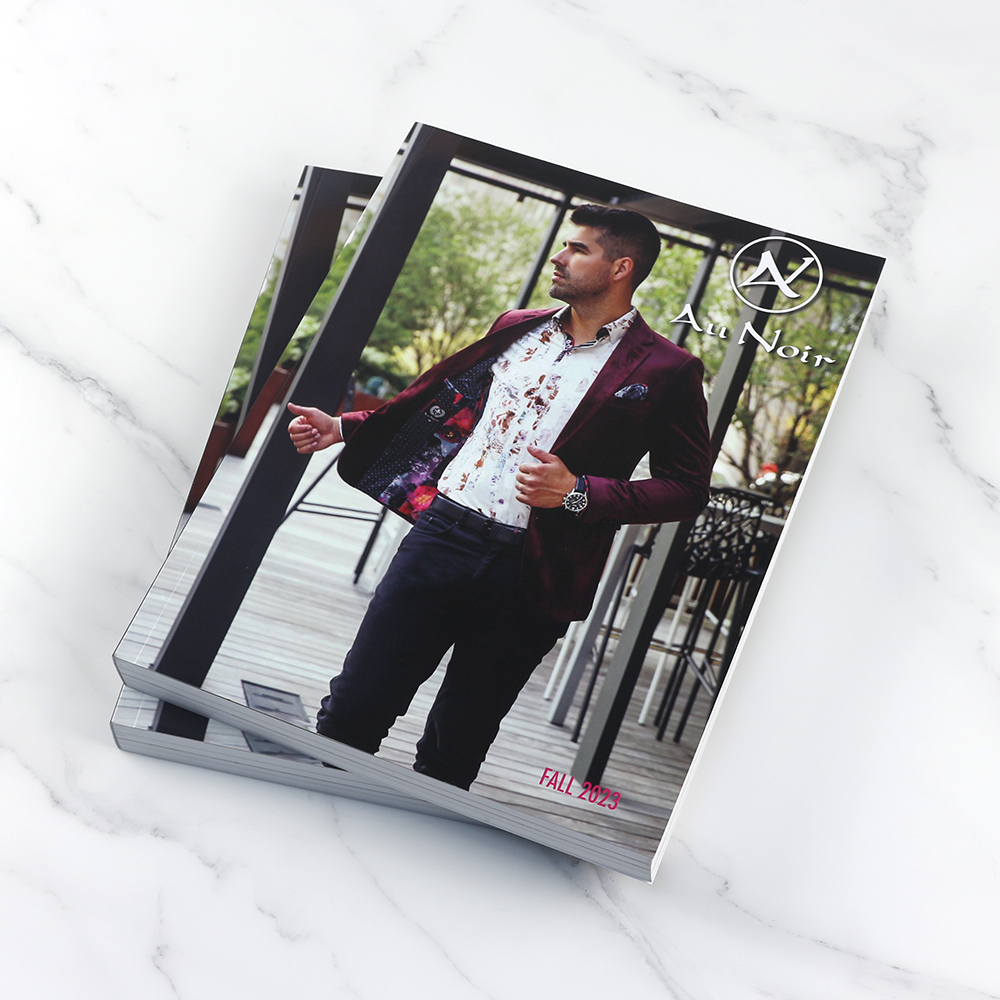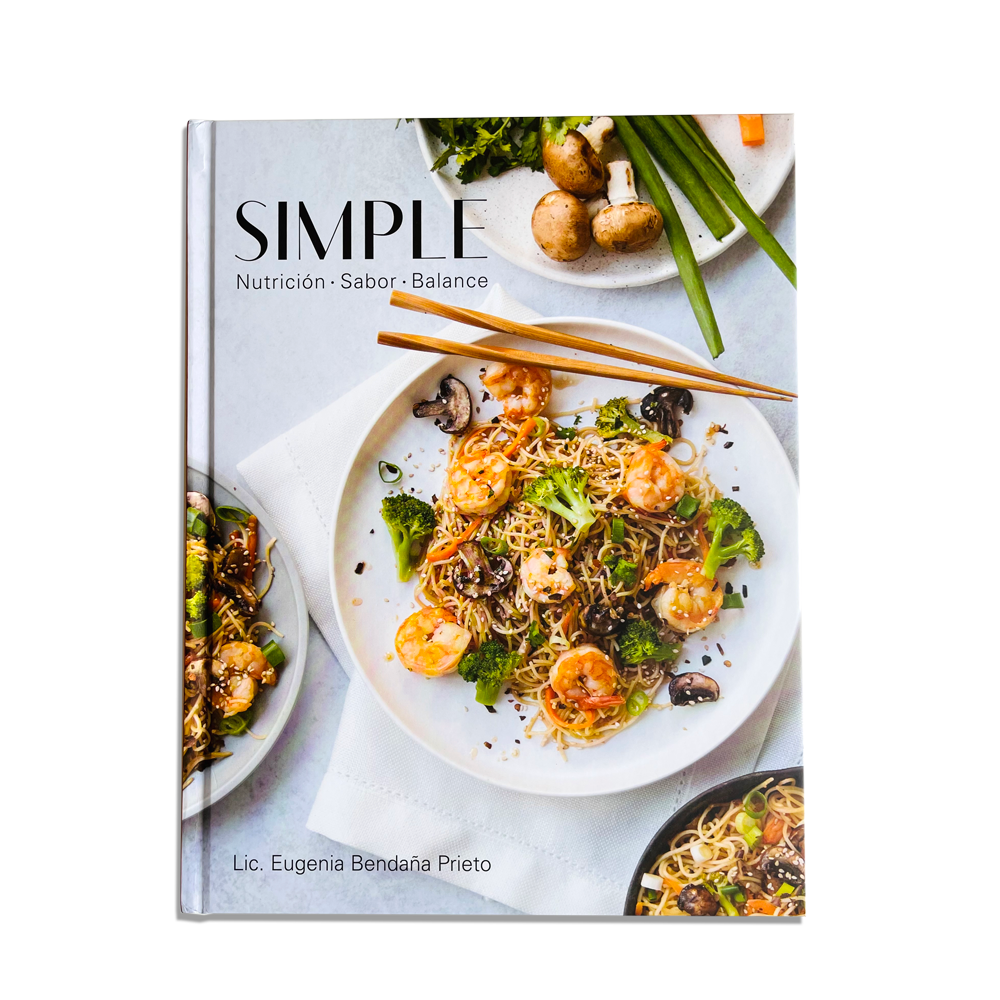5 parasta taloudellista kirjansidontamenetelmää tulostamiseen
Oikean sidontatavan valinta on olennaista minkä tahansa painetun julkaisun kestävyyden, toimivuuden ja ammattimaisen ulkonäön kannalta. Oletpa sitten aikakauslehden toimittaja, riippumaton kirjailija tai yrityspaino, sidontavaihtoehtojen ymmärtäminen auttaa varmistamaan, että valmis työsi erottuu joukosta ja täyttää laatustandardit. Tässä tutkimme viittä kustannustehokasta sidontamenetelmää, jotka tasapainottavat laadun ja kohtuuhintaisuuden ja jotka sopivat täydellisesti pienimuotoisiin projekteihin, suuriin painosmääriin tai ainutlaatuisiin julkaisuihin.
Sisällysluettelo
Kustannustehokkaita ja kestäviä kirjansidontaratkaisuja
Saatavilla olevien useiden sidontavaihtoehtojen ansiosta useat vaihtoehdot erottuvat edullisista laadusta tinkimättä. Alla on viisi keskeistä sidontamenetelmää, jotka tarjoavat erinomaisia tuloksia ja voivat lisätä kirjojen, luetteloiden ja lehtien arvoa.
1. Satulanidonta
Satulanidonta on erittäin taloudellinen ja monipuolinen kirjansidontatekniikka, joka sopii ihanteellisesti aikakauslehtiin, vihkoisiin ja lyhyisiin luetteloihin. Sivut taitetaan ja nidotaan sitten selkärankaa pitkin, mikä mahdollistaa julkaisun tasaisen avattuna. Tämä suunnittelun yksinkertaisuus tekee satulanidontasidonnasta suosion julkaisuissa, joissa on vähemmän sivuja, tyypillisesti 8–80 sivua.
Edut
- Nopea toimitus ja kustannustehokas lyhyillä painosarjoilla.
- Se on tasainen lukemisen helpottamiseksi, joten se on käytännöllinen luetteloissa ja tapahtumaohjelmissa.
Haittoja
- Rajoitettu julkaisuihin, joiden sivumäärä on pienempi.
- Ei yhtä kestävä kuin muut menetelmät pitkäaikaiseen käyttöön.
2. Täydellinen sidonta
Täydellinen sidonta on suosittu valinta paksumpiin julkaisuihin, kuten romaaneihin, vuosikertomuksiin ja suurempiin luetteloihin. Tämä tekniikka sisältää sivujen ja kannen liimaamisen selkärankaa pitkin, mikä luo ammattimaisen, pokkarimaisen ulkonäön. Täydellinen sidonta on edullinen, jopa keskisuurelle ja suurelle levikkeelle, samalla kun se tarjoaa vankan ja kestävän viimeistelyn.
Edut
- Taloudellinen suurille painosmäärille, ihanteellinen kaunokirjallisuuden tai kaupallisten pokkarien julkaisemiseen.
- Ammattimainen ulkonäkö ja terävä selkä helpottaa hyllyn näyttämistä.
Haittoja
- Ei ole litteä avattuna, mikä voi vaikuttaa joidenkin lukijoiden käytettävyyteen.
- Hieman vähemmän kestävä verrattuna kovakantiseen sidontaan laajaan käsittelyyn.
3. Spiraalisidonta
Kierresidonta, joka tunnetaan myös nimellä kelasidonta, on laajalti valittu käsikirjoihin, keittokirjoihin ja muihin viitemateriaaleihin, jotka vaativat täyden liikealueen. Tässä menetelmässä käytetään jatkuvaa kelaa, joka on pujotettu valmiiden reikien läpi, jolloin sivut voivat pyöriä 360 astetta. Spiraalisidonta on kestävää, kevyttä ja sopii eripaksuisille asiakirjoille, joten se on edullinen vaihtoehto joustavuutta vaativiin projekteihin.
Edut
- Antaa asiakirjan asettua täysin tasaisesti tai jopa taittaa itsensä päälle.
- Ihanteellinen usein käytetyille asiakirjoille, kuten hakuoppaille ja muistikirjoille.
Haittoja
- Epämuodollisempi ulkonäkö muihin sitomismenetelmiin verrattuna.
- Rajoitettu paksumpien asiakirjojen tai suurempien tekstimäärien käsittelyssä.
4. Kampasidonta
Kampasidonta käyttää joustavaa muovikampaa, jonka renkaat sopivat asiakirjan reunassa olevien reikien läpi. Sivuja on helppo lisätä tai poistaa, mikä on edullista usein päivitettäville materiaaleille, kuten koulutusoppaille ja esityksille. Vaikka kampasidonta on edullinen, se tarjoaa kiillotetun ulkonäön, joka sopii ammattimaisille asiakirjoille.
Edut
- Edullinen, helppo sivun lisääminen tai poistaminen.
- Avattuna tasaisesti, mikä lisää toimintoja opetusmateriaaleille.
Haittoja
- Ei niin visuaalisesti houkutteleva kuin spiraali tai täydellinen sidonta.
- Vähemmän kestävä, erityisesti käsiteltäessä asiakirjoja, joissa on paljon sivuja.
5. Wire-O-sidonta
Hienostuneen ulkonäön ja vankan kestävyyden saavuttamiseksi Wire-O-sidonta on ensisijainen vaihtoehto, jota käytetään yleisesti kalentereissa, muistikirjoissa ja ammattimaisissa portfolioissa. Tämä sidontamenetelmä sisältää kaksisilmukkaisia lankoja, jotka on pujotettu lävistettyjen reikien läpi, mikä luo kiillotetun, ammattimaisen viimeistelyn. Wire-O-sidonta mahdollistaa asiakirjojen asettamisen täysin tasaisesti ja sopii erityisen hyvin keskikokoisiin projekteihin.
Edut
- Tarjoaa huippuluokan, ammattimaisen ulkonäön, joka sopii muodollisiin asiakirjoihin.
- Kestävä ja mahdollistaa sivujen asettamisen tasaisesti tai 360 astetta kääntymisen, ihanteellinen referenssimateriaaleille.
Haittoja
- Korkeammat kustannukset verrattuna muihin sidontavaihtoehtoihin erikoismateriaalien ja laitteiden ansiosta.
- Rajoitetut kannen mukautusvaihtoehdot, jotka eivät välttämättä täytä kaikkia suunnittelutoiveita.
Muita huomioitavia sitomismenetelmiä
Vaikka yllä olevat menetelmät kattavat taloudelliset ja käytännölliset sidontavaihtoehdot, on muitakin erikoistyyppejä, joita kannattaa harkita budjettisi ja projektisi vaatimusten mukaan:
Kovakantinen sidonta
Kovakantinen sidonta sopii parhaiten premium-julkaisuille, kuten sohvapöytäkirjoille tai muistoesineille. Vaikka se on kalliimpi, se tarjoaa vertaansa vailla olevan kestävyyden ja arvostuksen, mikä lisää minkä tahansa julkaisun arvoa.
Nauhasidonta
Nopea ja edullinen vaihtoehto irtonaisten sivujen sitomiseen, teippisidonta toimii parhaiten sisä- tai vedosmateriaaleissa, joissa kestävyys ja esitystapa ovat toissijaisia toimivuuden kannalta.
Kuinka valita oikea sidontamenetelmä projektillesi
Kun valitset sidontamenetelmää, ota huomioon seuraavat tekijät:
- Asiakirjan koko ja sivumäärä: Satulanidonta ja kampasidonta sopivat pienempiin asiakirjoihin, kun taas täydellinen sidonta tai Wire-O-sidonta sopii paksummille julkaisuille.
- Käyttötarkoitus: Usein käytetyille materiaaleille, kuten käsikirjoille, kestävyys on ratkaisevan tärkeää, joten spiraali ja Wire-O-sidonta ovat ihanteellisia valintoja.
- Esityksen vaatimukset: Muodolliset asiakirjat hyötyvät täydellisestä tai Wire-O-sidonnasta ammattimaisen ulkonäön vuoksi, kun taas vähemmän muodolliset kappaleet voivat sopia paremmin spiraali- tai kampasidontaan.
- Budjettirajoitukset: Satulanidonta- ja kampasidonta tarjoavat kohtuuhintaisuuden, mutta isommille budjeteille täydellinen tai Wire-O-sidos tarjoaa paremman kestävyyden ja kiillotetumman ulkonäön.
BooksPrinting: kumppanisi Premium-kirjansidontapalveluissa
Tarjoamme BooksPrintingissä kattavan valikoiman sidontavaihtoehtoja, jotka täyttävät kaikki projektisi tarpeet yksinkertaisesta satulannidonnasta huippuluokan Wire-O-sidontaan. Asiantuntemuksemme avulla voit valita kustannustehokkaimman mutta ammattimaisen sidontaratkaisun kirjoillesi, luetteloillesi ja aikakauslehtillesi.
Palvelumme palvelevat kaikenkokoisia projekteja ja auttavat sinua esittelemään materiaalisi parhaassa mahdollisessa valossa. Yhdistämme nopeuden, edullisuuden ja sitoutumisen laatuun jokaisessa sitovassa ratkaisussa, mikä takaa julkaisusi kestävyyden ja houkuttelevuuden.
Johtopäätös
Oikean kirjansidontatavan valinta riippuu viime kädessä useista tekijöistä, mukaan lukien projektin tarkoitus, budjetti ja haluttu estetiikka. Satulanidonta ja spiraalisidonta ovat kustannustehokkaita ratkaisuja, kun taas täydellinen ja Wire-O-sidonta lisäävät kestävyyttä ja esitysarvoa. Olipa tarpeesi mikä tahansa, oikean sidoksen valitseminen parantaa painoteoksen käytettävyyttä ja ulkonäköä.
Oletko valmis aloittamaan? Ota yhteyttä BooksPrintingiin jo tänään saadaksesi lisätietoja laajasta sidontaratkaisustamme. Autamme sinua löytämään täydellisen vaihtoehdon painettujen julkaisujesi parantamiseen.
UKK
Q1. Mikä sidontamenetelmä sopii parhaiten ammattimaiseen ulkonäköön?
Täydellinen sidonta ja Wire-O-sidonta tarjoavat sekä ammattimaisen, tyylikkään viimeistelyn, joka sopii erinomaisesti muodollisiin esityksiin, raportteihin ja julkaisuihin, joissa on hyvä näkyvyys.
Q2. Voiko sivuja lisätä tai poistaa helposti kampasidonnalla?
Kyllä, kampasidonta on erittäin joustavaa, joten sivujen lisääminen tai poistaminen on helppoa, joten se on erinomainen valinta asiakirjoille, jotka vaativat usein päivityksiä.
Q3. Mikä on edullisin sidontamenetelmä lyhyille painossarjoille?
Satulanidontasidonta on yksi edullisimmista vaihtoehdoista erityisesti pienempiin julkaisuihin, kuten vihkoisiin tai lyhyisiin luetteloihin.
Kirjan painatus
Uusia tuotteita
Viimeinen blogi
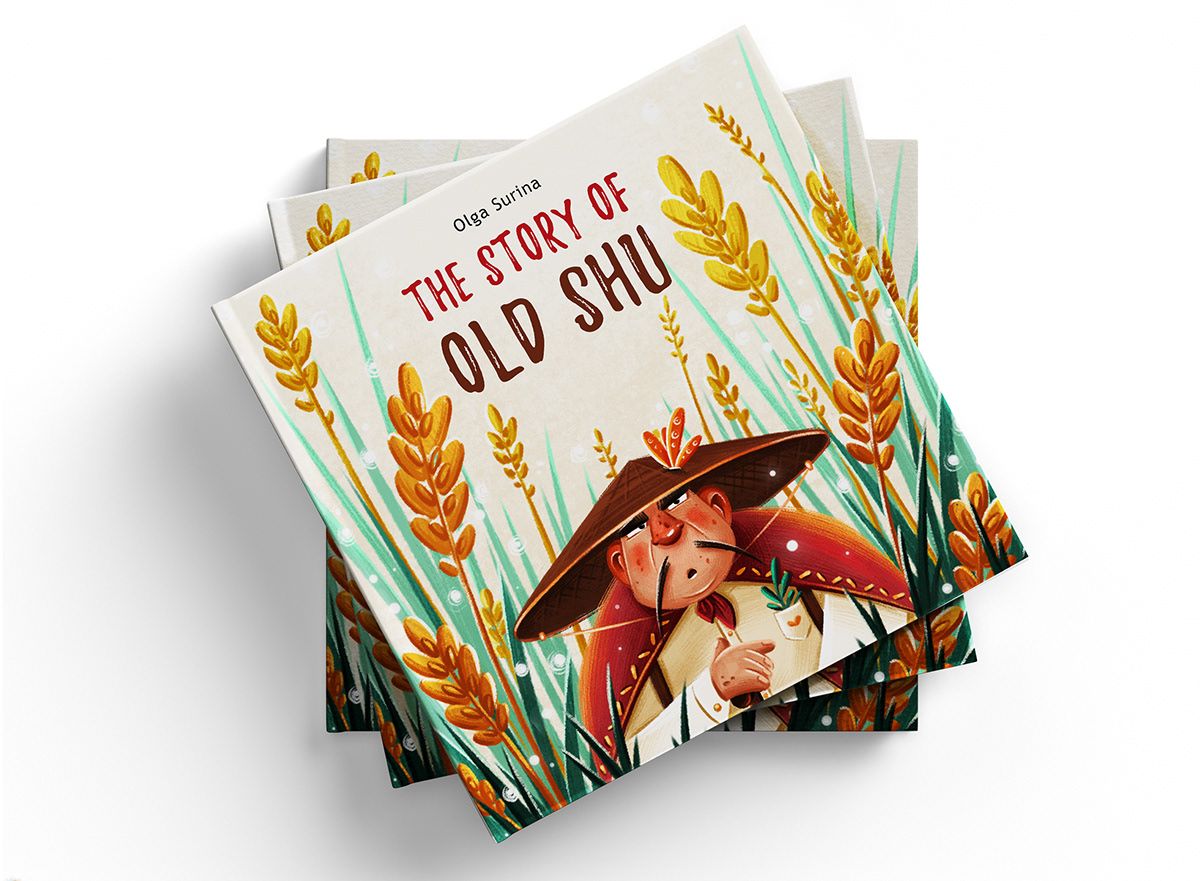
Millaiselle paperille lastenkirjat painetaan?
Lastenkirjaa luotaessa jokainen elementti on tärkeä – varsinkin paperin valinta. Oikean paperityypin valitseminen voi parantaa kirjan ulkoasua,
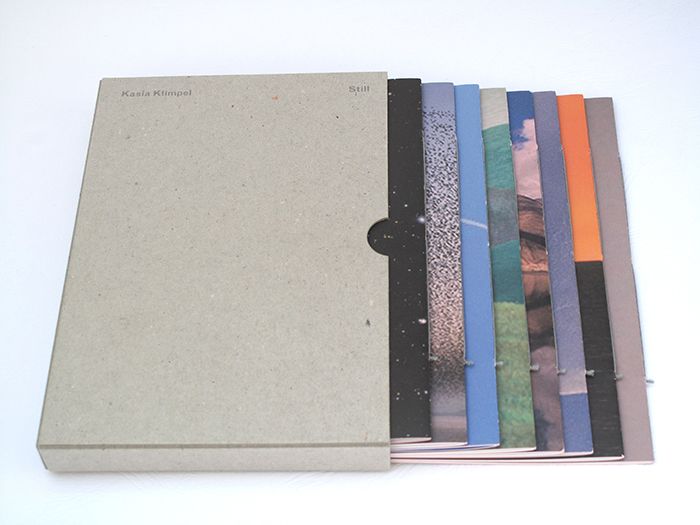
Tehosta markkinointiasi mukautetun vihkotulostuksen avulla
Jos olet sukeltamassa itsekustantamiseen, yksi tärkeimmistä huolenaiheistasi on löytää edullisia vaihtoehtoja kirjojen painamiseen

kuinka paljon kirjan painaminen maksaa
Kirjapainoprojektin aloittamisen yhteydessä kirjailijat ja kustantajat kohtaavat ensimmäisiä kysymyksiä: kuinka paljon kirjan painaminen maksaa? Kirjan painatuksen hinta voi vaihdella suuresti riippuen useista tekijöistä, kuten kirjan tyypistä, painomäärästä,

Kuinka paljon kovakantisen kirjan tulostaminen maksaa?
Harkittaessa kovakantisen kirjan painamisen kustannuksia monet kirjailijat ja kustantajat kohtaavat haasteen tasapainottaa laatu ja kohtuuhintaisuus.
Ota yhteyttä
- +86 13946584521
- info@booksprinting.net
- 8.00–22.00 (ma–su)
Kommentit
Aiheeseen liittyvä blogi
Löydä kirjapainoalan uusimmat trendit ja yleistieto.
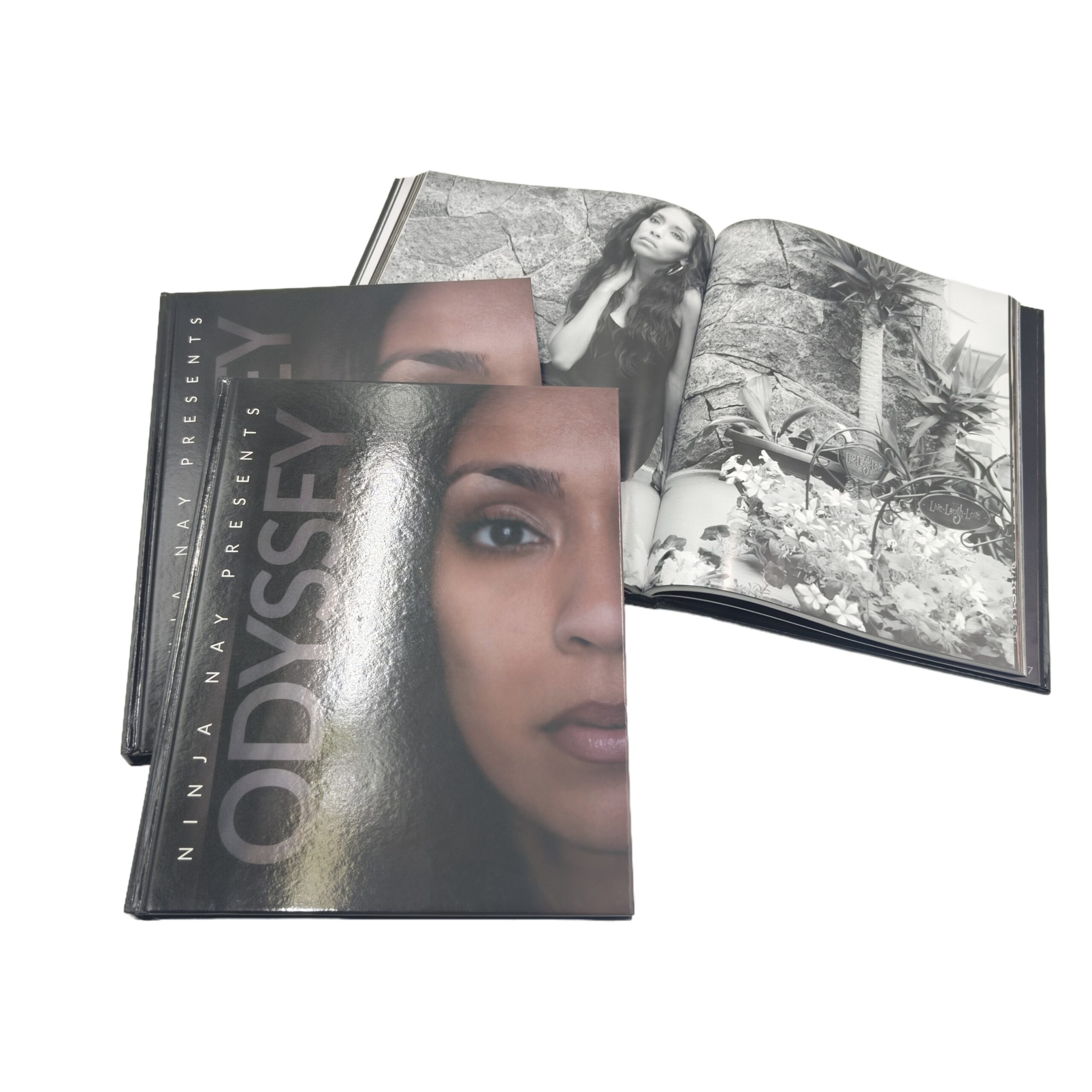
Kattava oppaasi yksittäisten kirjojen tulostamiseen
Jos olet sukeltamassa itsekustantamiseen, yksi tärkeimmistä huolenaiheistasi on löytää edullisia vaihtoehtoja kirjojen painamiseen

Kuinka paljon kovakantisen kirjan tulostaminen maksaa?
Harkittaessa kovakantisen kirjan painamisen kustannuksia monet kirjailijat ja kustantajat kohtaavat haasteen tasapainottaa laatu ja kohtuuhintaisuus.
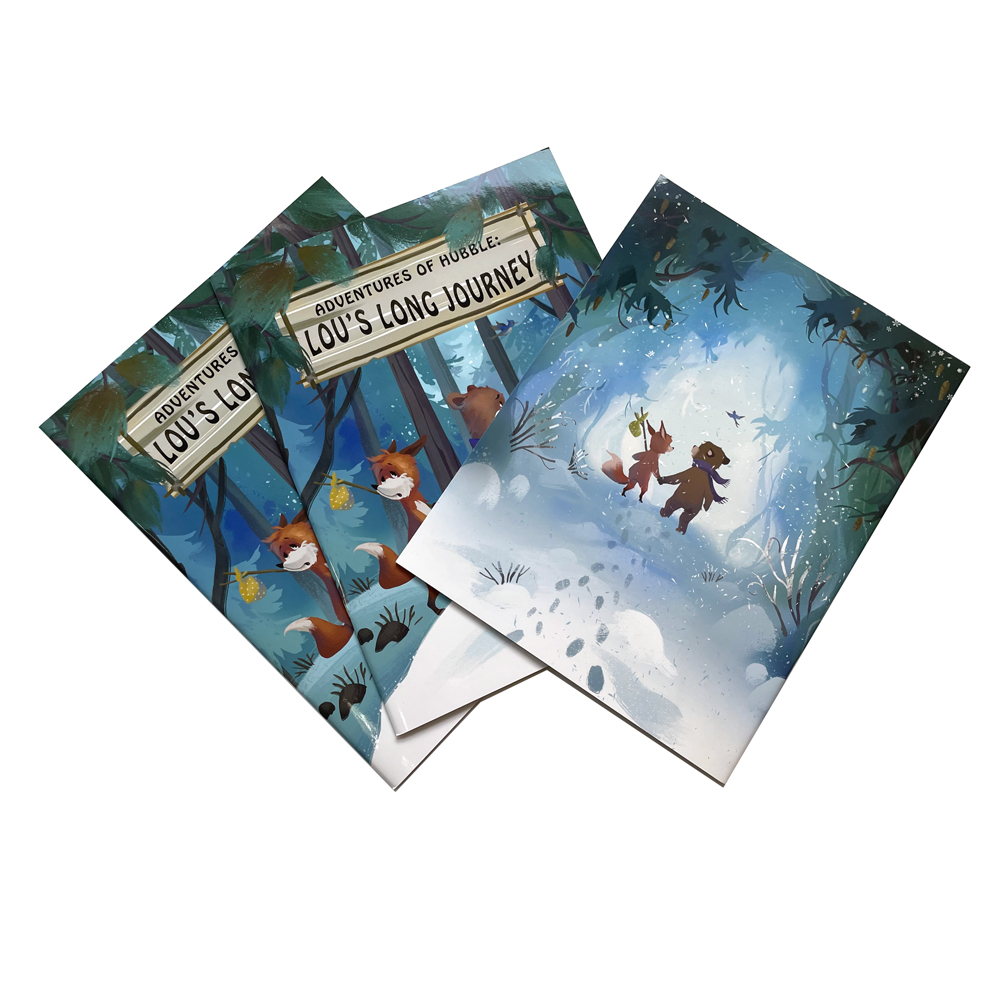
Miksi suurin osa kirjoista painetaan Kiinassa?
Nykypäivän globalisoituneessa taloudessa kirjojen painaminen on yhä useammin löytänyt kustannustehokkaan ja laatulähtöisen ratkaisun Kiinassa.
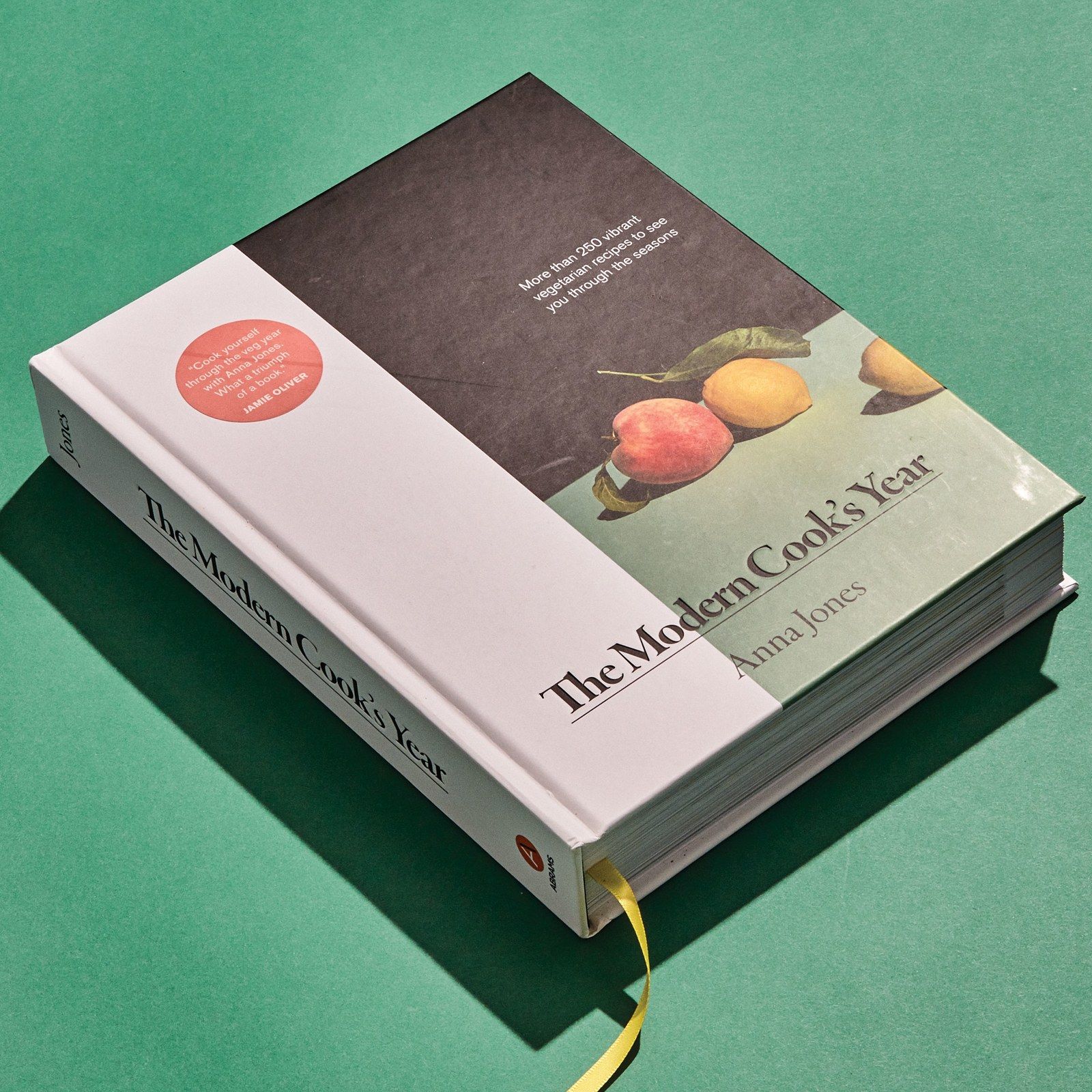
Paljonko kirjansidonta maksaa?
Kirjansidonta on olennainen osa kirjan tuotantoprosessia. Tulostatpa rajoitetun painoksen romaanista, valmistelet mukautettua työkirjaa tai luot erityistä muistoa,

